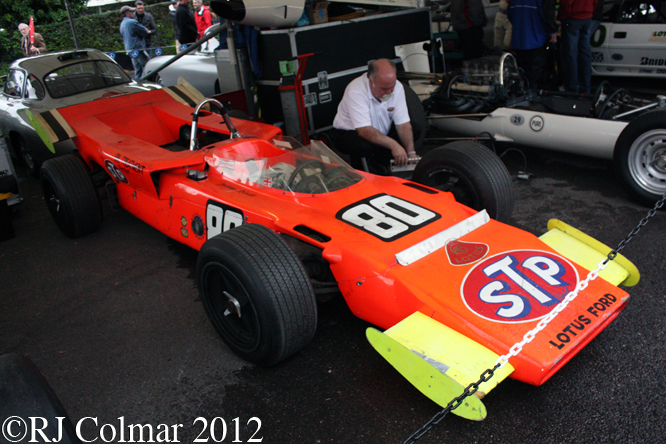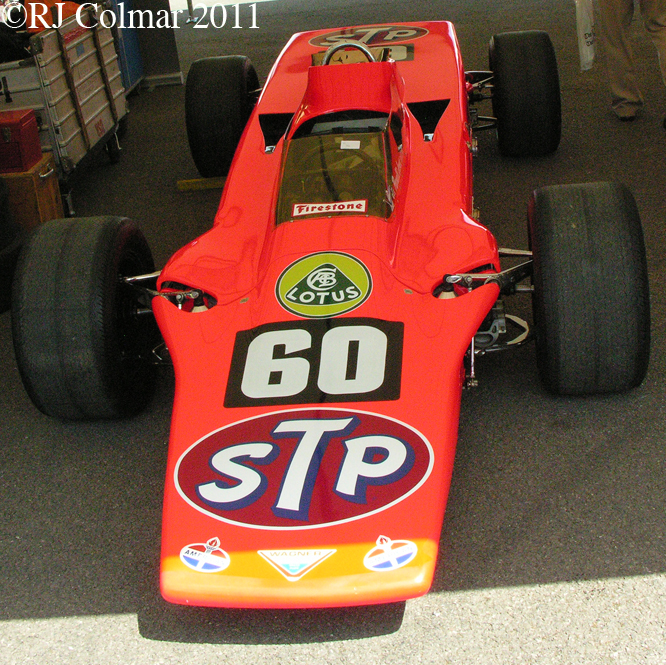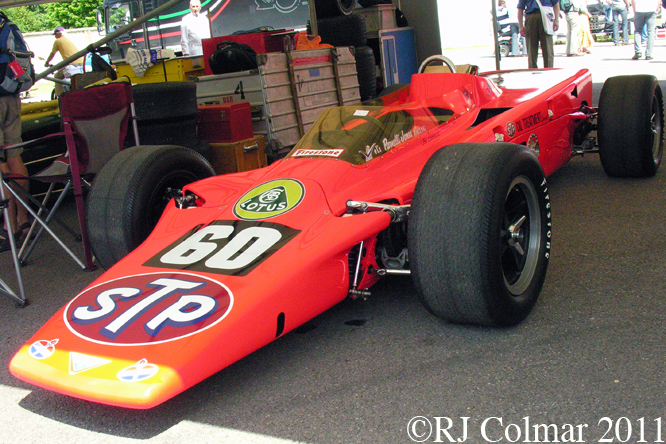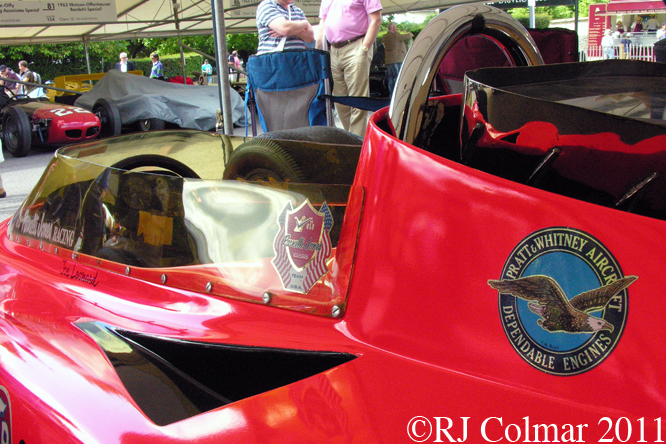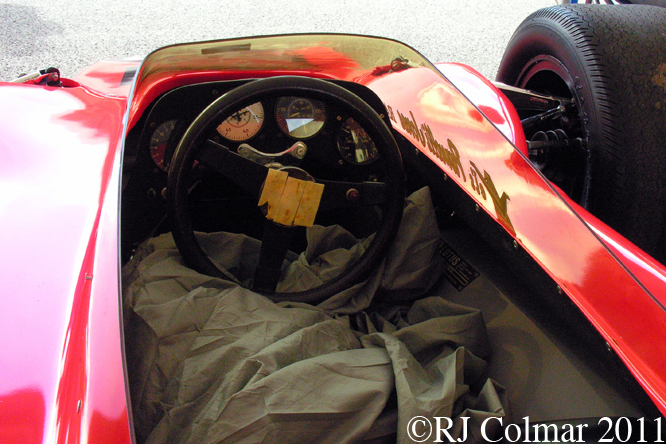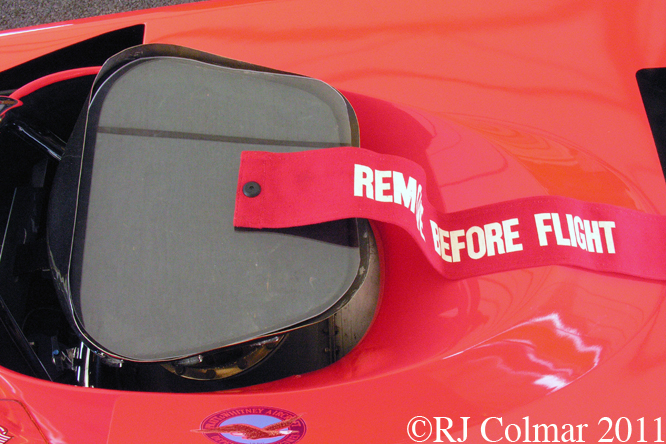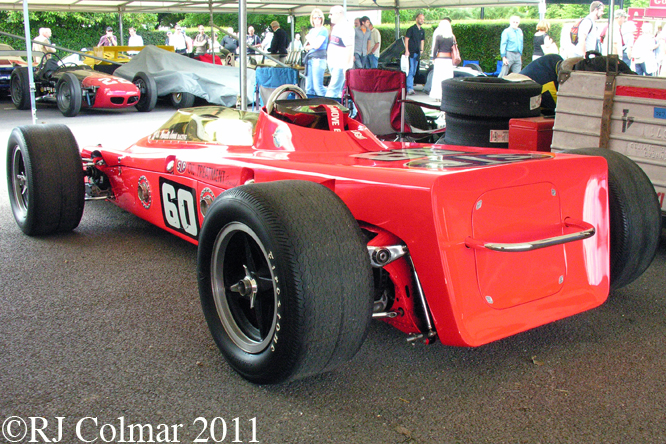“Harry” Ferguson was born on Novmeber 4th 1884 in Growell, County Down, Nothern Ireland. He started work with his brother in a bicycle and car repair business in 1902, while there Harry started racing motorcycles in 1904 and on the 31st December 1909, having designed and built a monoplane, he became the first person to fly in Ireland.

In 1911 Harry went into business selling motor and agricultural vehicles. On seeing the short comings of some of the agricultural products he was selling he began devising his own, including a new hydraulic system and three point linkage for attaching ploughs.
Harry entered into a hand shake agreement with Henry Ford Snr for Ford to manufacture the Ferguson patents under license in 1939. In 1947 Henry Ford II, Seniors grandson, reneged on the deal and five years later settled with Harry out of court to the tune of $9 million, around half of which went to Harry’s legal representatives.
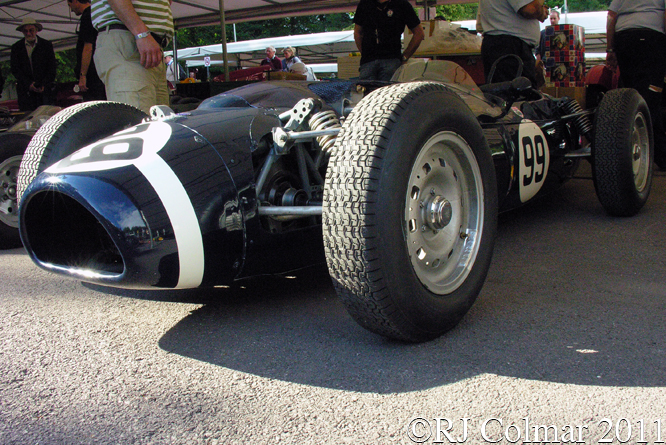
In 1950 Harry employed Aston Martin designer Claude Hill and along with two pre 1939/45 war friends Fred Dixon, who prewar had proposed building an all wheel drive Land Speed Record (LSR) car and former ERA racer Tony Rolt began working on an innovative all wheel drive road car featuring electric windows, disc brakes and access to the rear through a hatchback, all idea’s which were unknown in European passenger car production at the time.
Project 99 a research vehicle, that became the worlds first all wheel drive Formula One car, to promote the all wheel drive concept was given the green light in May 1960, just 6 months before Harry’s death at the age of 75.
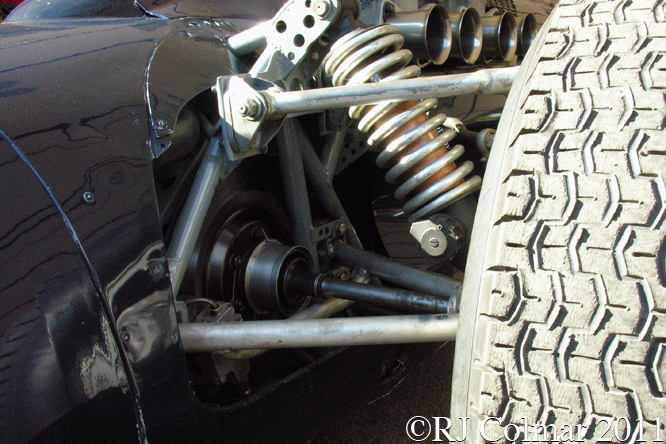
The P99 made it’s public debut in an Intercontinental Formula race with a 2.5 litre / 152 cui Coventry Climax motor at Silverstone in 1961 where Tony Rolt’s former entrant Rob Walker entered the car for Jack Fairman alongside Stirling Moss in a similarly powered Cooper.
Fairman retired from the race with a broken gearbox that may have resulted from excessive engine braking in the absence of reliable brakes, while Moss went on to a comfortable victory in the Cooper. At the British Grand Prix, where the Fergusson appeared with a 1.5 litre / 91.5 cui Climax, Fairman qualified 20th but ran into electrical problems, after Stirling Moss had retired his Rob Walker entered Lotus 18 he took over from Fairman in the P99. The car was later disqualified for receiving a push start.
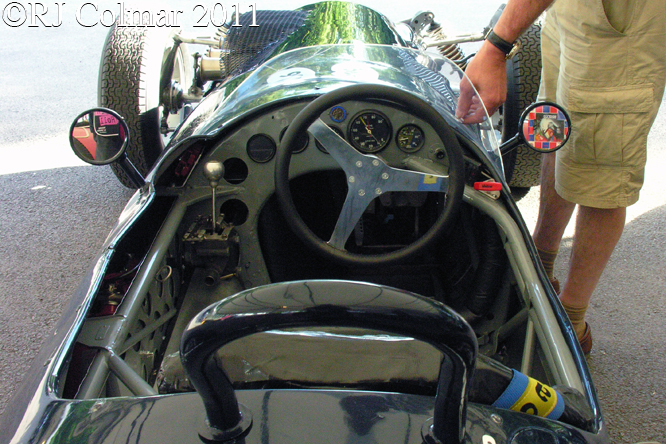
Stirling Moss was entered to drive the Ferguson in the Oulton Park Gold Cup, a non championship race for Formula One cars entered by most of the top teams except Ferrari and Porsche. Stirling won easily to record the first, and only, win of a (non championship) Formula One race with an all wheel drive car and coincidentally the last (non championship) win for a front engined Formula One car.
The Fergusons 1.5 litre / 91.5 cui Formula One motor was uprated to 2.5 litres / 152 cui and subsequently entered in a series of non championship Antipodean Formula Libre, unrestricted, races in early 1963 where Graham Hill drove the car to a second place finish in the Australian rain at Lakeside and a forth place in the sub tropical summer heat of New Zealand at Pukekoe where with a mile to go his gearbox packed up while again running in second place.
Innes Ireland drove the P99 in the next three events finishing third at Leven, but retired from both of the other races. Graham Hill raced the car one more time at Warwick Farm where he came home sixth.
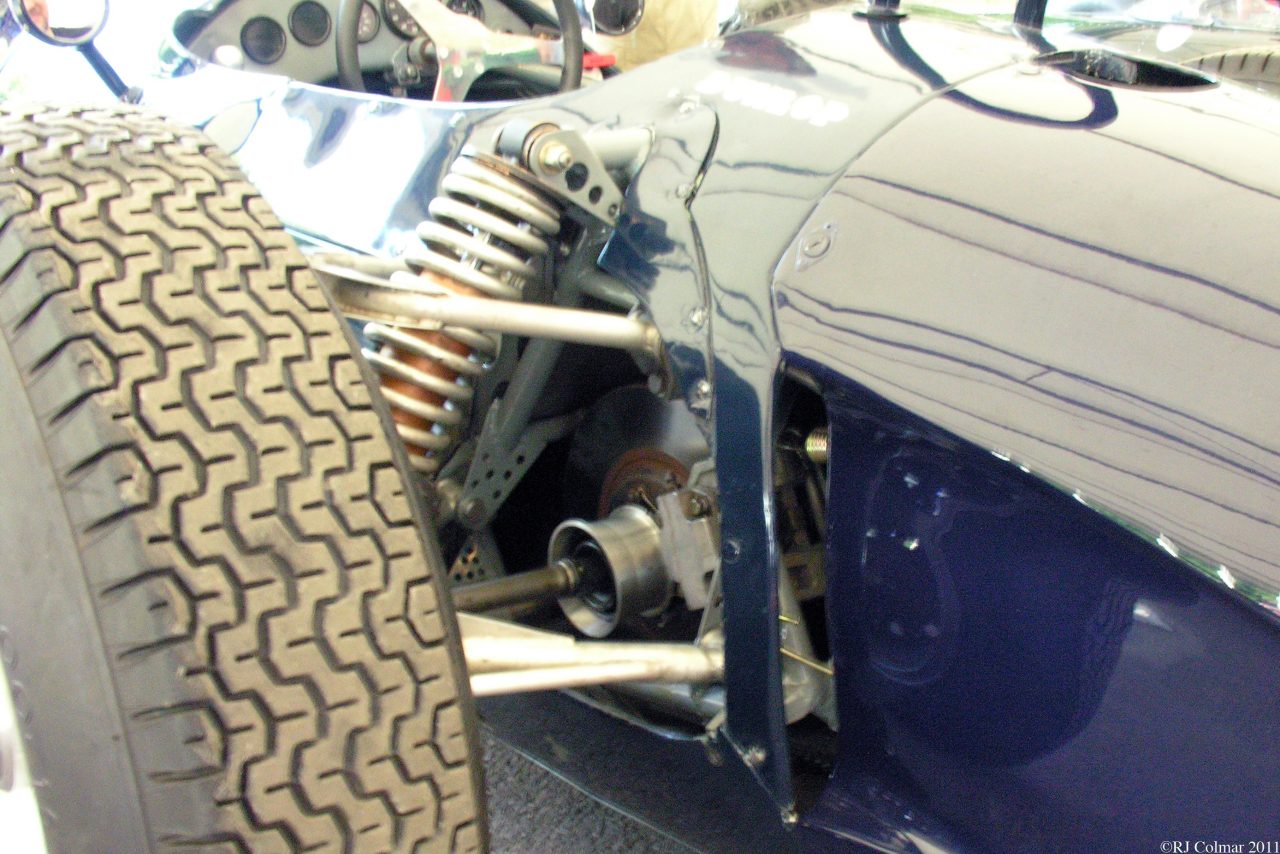
After a conversation with Stirling Moss, who had praised the benefits of the P99’s all wheel drive,Indy 500 entrant Andy Granatelli instigated a test in which Jack Fairman and Bobby Marshman drove the P99 at Indianapolis with the 2.5 litre / 152 cui motor and recorded average speeds of over 140 mph, Marshman claimed he did not need to lift at all for any of the corners, the car was so underpowered. Andy was sufficiently impressed that he employed Ferguson Research to develop all wheel drive for his 1964 Indy 500 challenger the Studebaker STP Special.
Granatelli never won the Indy 500 with an all wheel drive car but kept backing the concept through various incarnations the last of which was the all wheel drive Lotus 64 built in 1969, after which all wheel drive was banned from the brick yard.
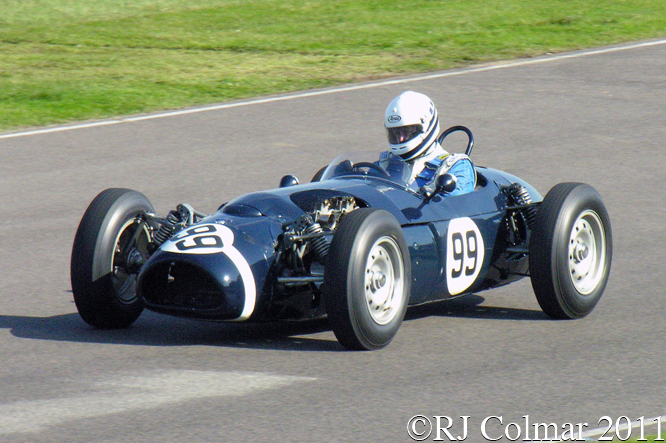
Ferguson Research was also involved with five all wheel drive Formula One projects including the 1969 Lotus 63, Cosworth and McLaren M9A, the last two of which I’ll be looking at in the weeks to come.
Although not the easiest car to drive Stirling Moss once described the Ferguson P99, which fascinated him, as his favourite racing car. Stuart Rolt, of the same Tony Rolt family is seen driving the P99 in practice for the 2011 Richmond Trophy at Goodwood above.
My thanks to Alan Cox, E.B., Ray Bell, Roger Clark and Michael Ferner at The Nostalgia Forum for their patience answering my questions about the the Ferguson P99.
Thanks for joining me on this “Stirling’s Favourite” edition of “Gettin’ a li’l psycho on tyres” I hope you will join me again tomorrow for a look at the first BRM to win a Grand Prix. Don’t forget to come back now !
08 07 13 Errata, I originally stated that Moss was entered in a Lotus 18 for a non championship race at Silverstone when the Ferguson made it’s debut, when in fact Stirling drove a Cooper Climax to victory in the race run to the Intercontinental Formula as now stated in the amended text. Thanks to Roger Clark for pointing out the error.


